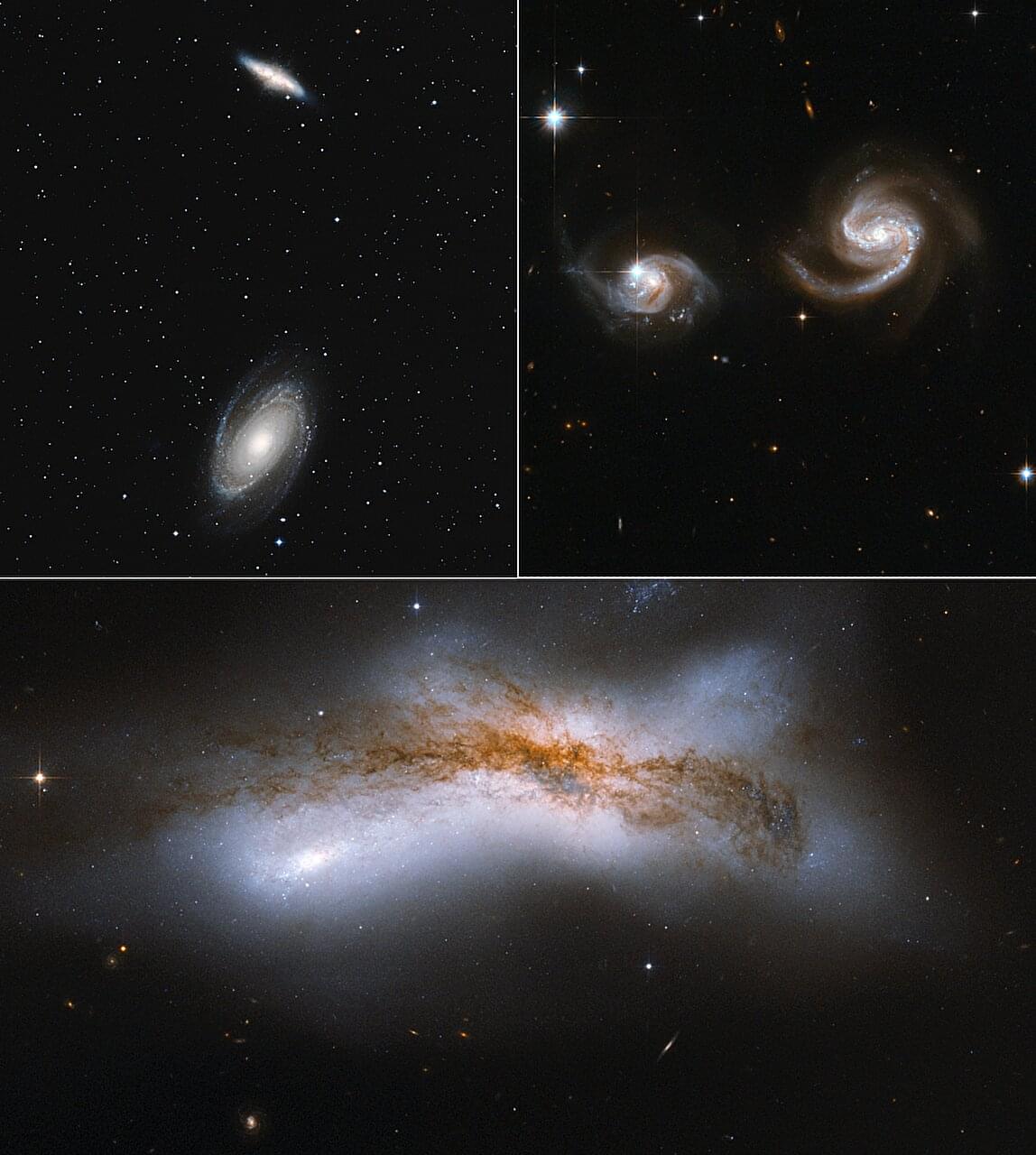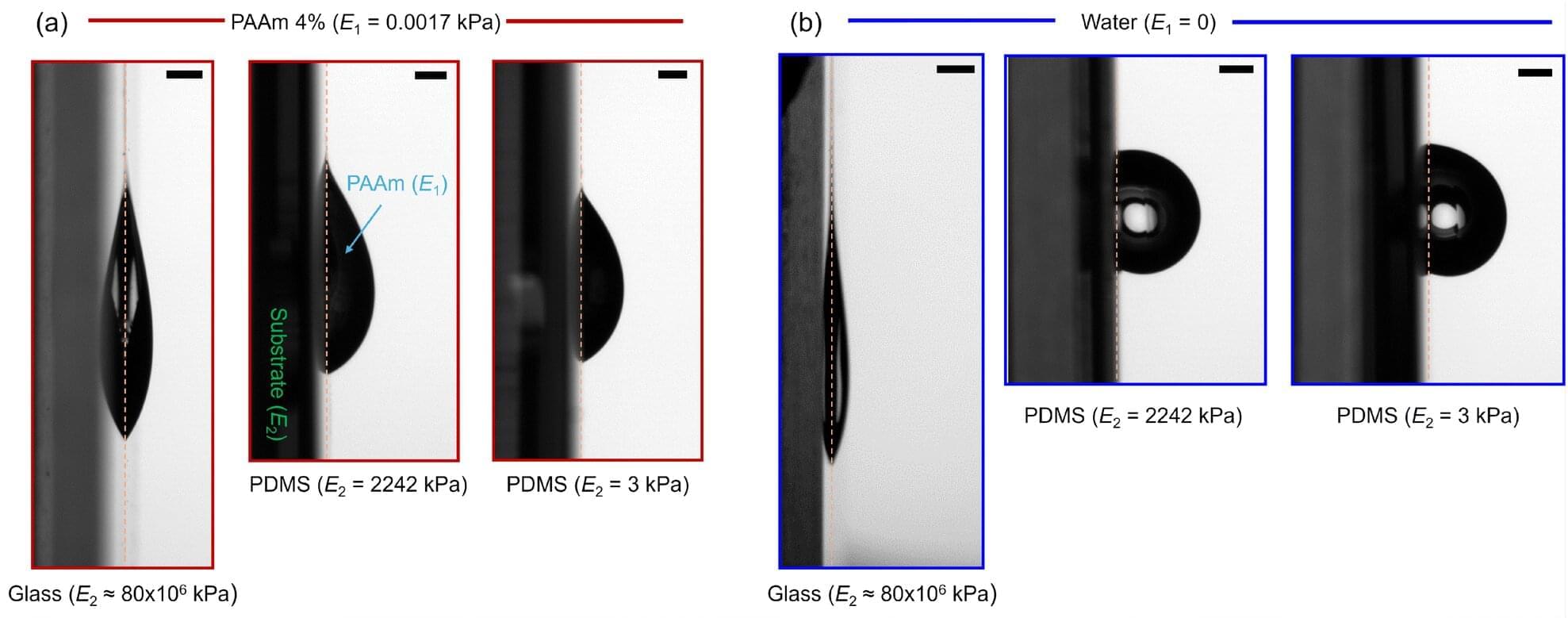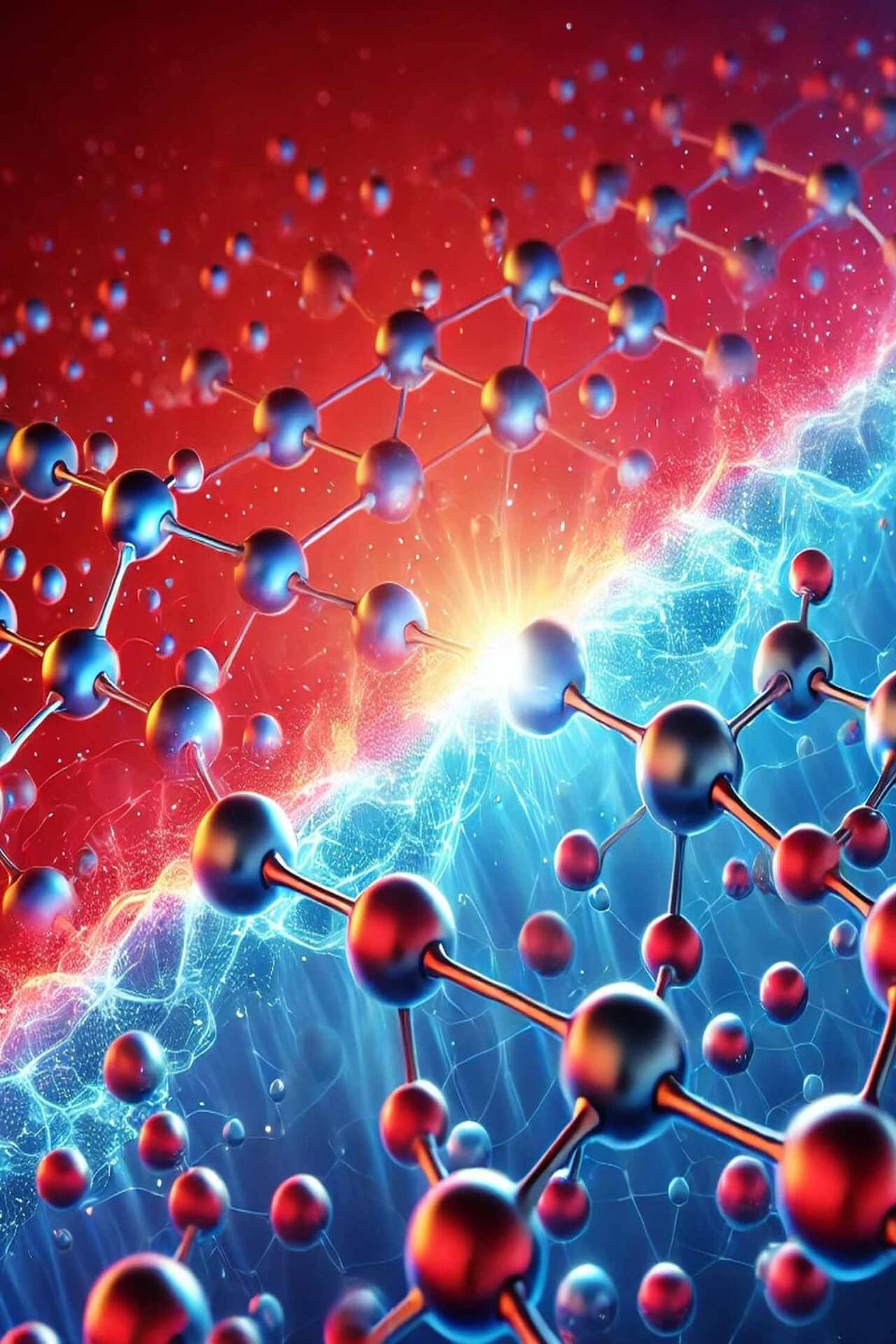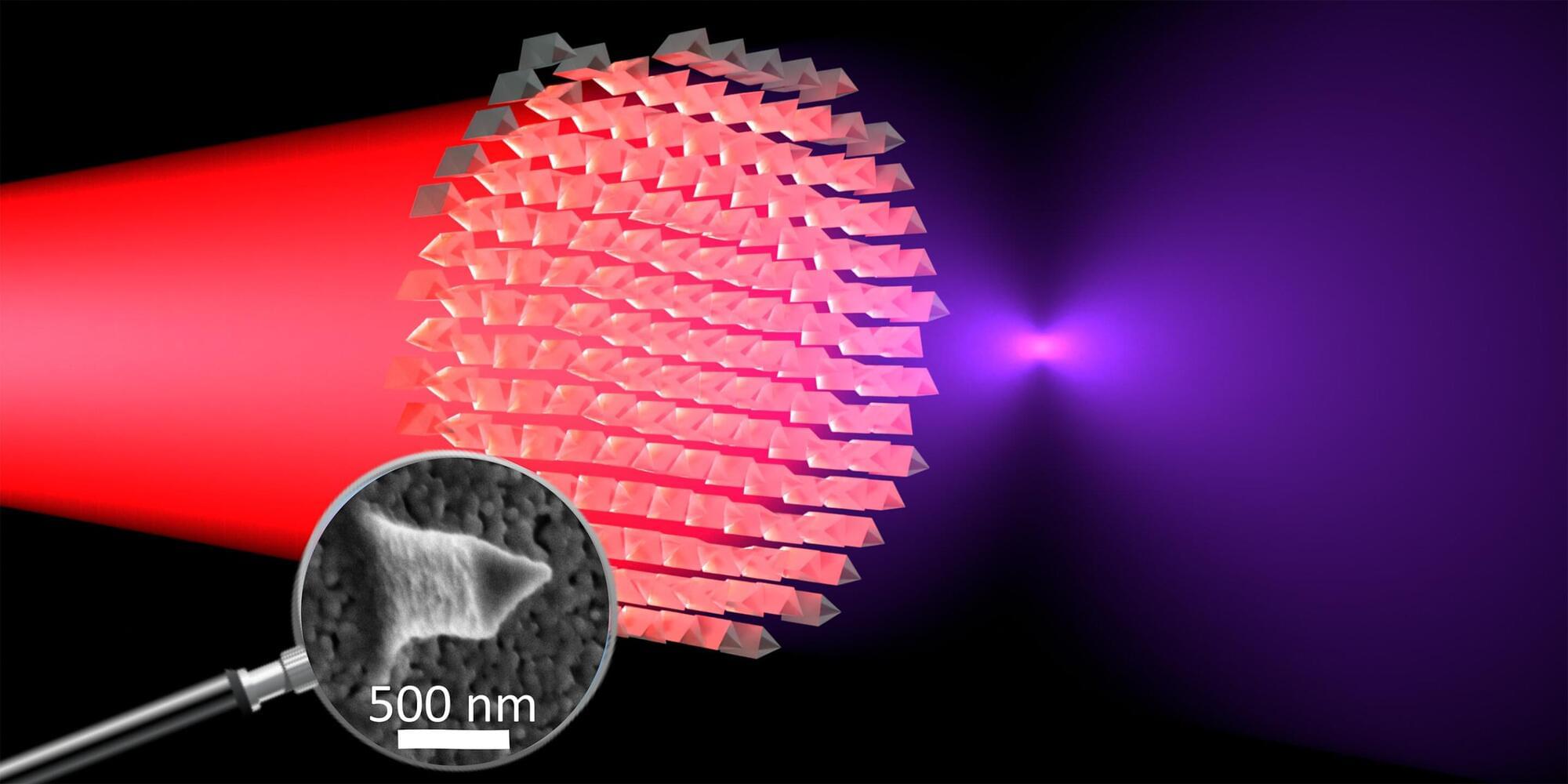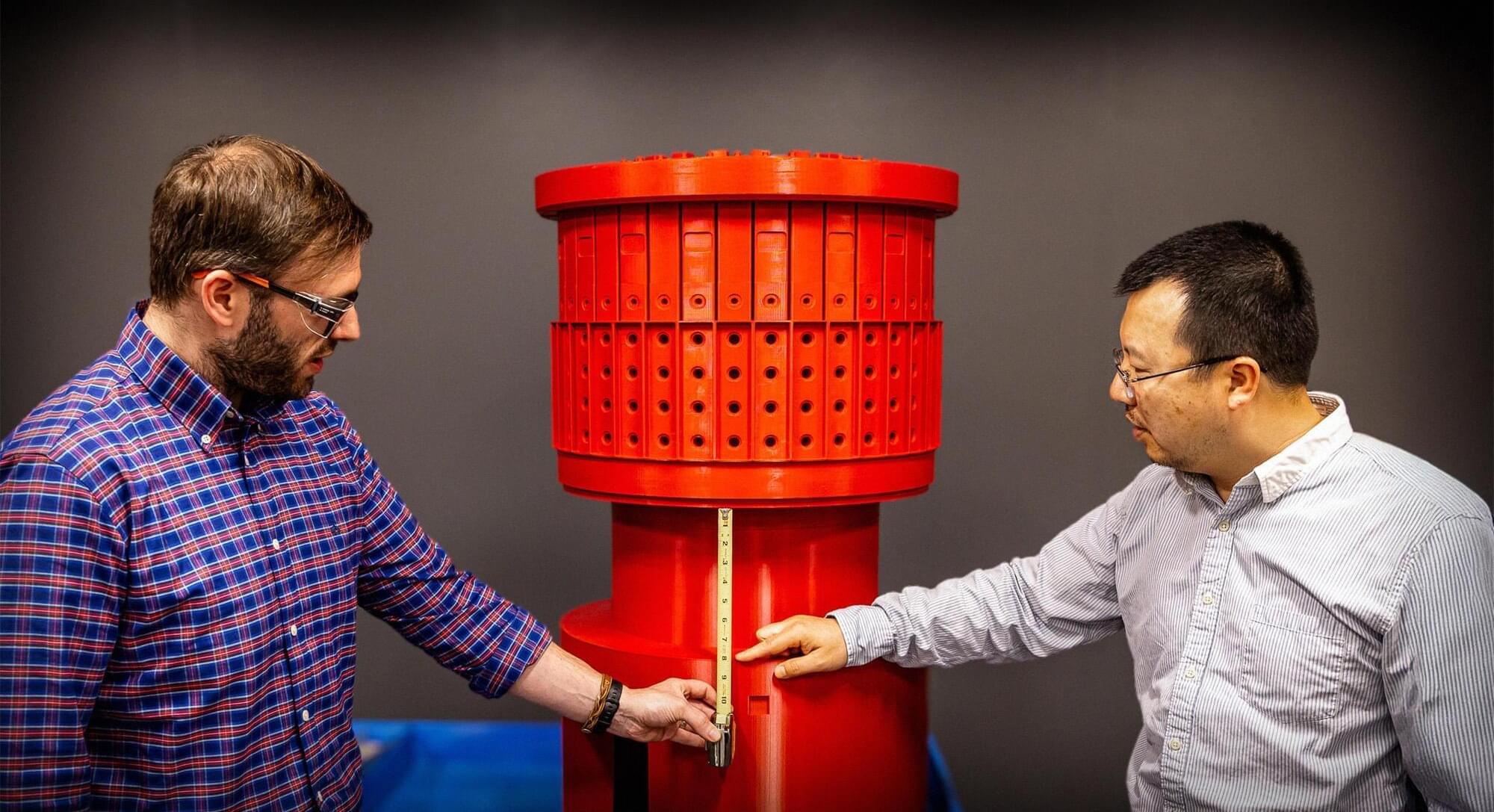Turbulence in nature refers to the complex, time-dependent, and spatially varying fluctuations that develop in fluids such as water, air, and plasma. It is a universal phenomenon that appears across a vast range of scales and systems—from atmospheric and oceanic currents on Earth, to interstellar gas in stars and galaxies, and even within jet engines and blood flow in human arteries.
Turbulence is not merely chaotic; rather, it consists of an evolving hierarchy of interacting vortices, which may organize into large-scale structures or produce coherent flow patterns over time.
In nuclear fusion plasmas, turbulence plays a crucial role in regulating the confinement of thermal energy and the mixing of fuel particles, thereby directly impacting the performance of fusion reactors. Unlike simple fluid turbulence, plasma turbulence involves the simultaneous evolution of multiple physical fields, such as density, temperature, magnetic fields, and electric currents.
